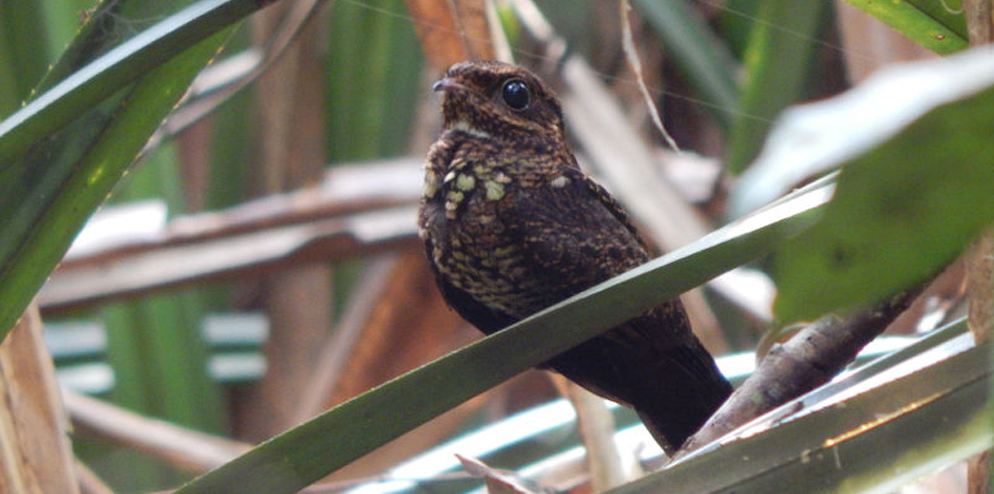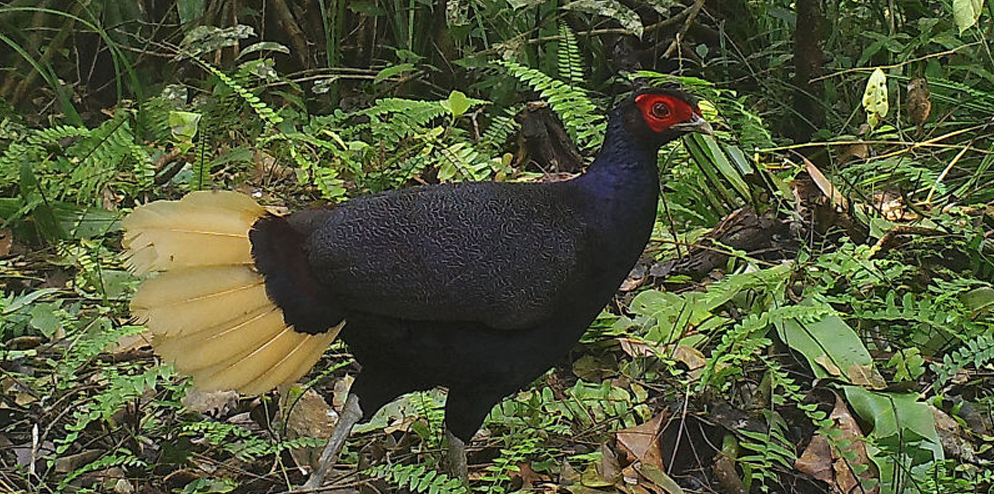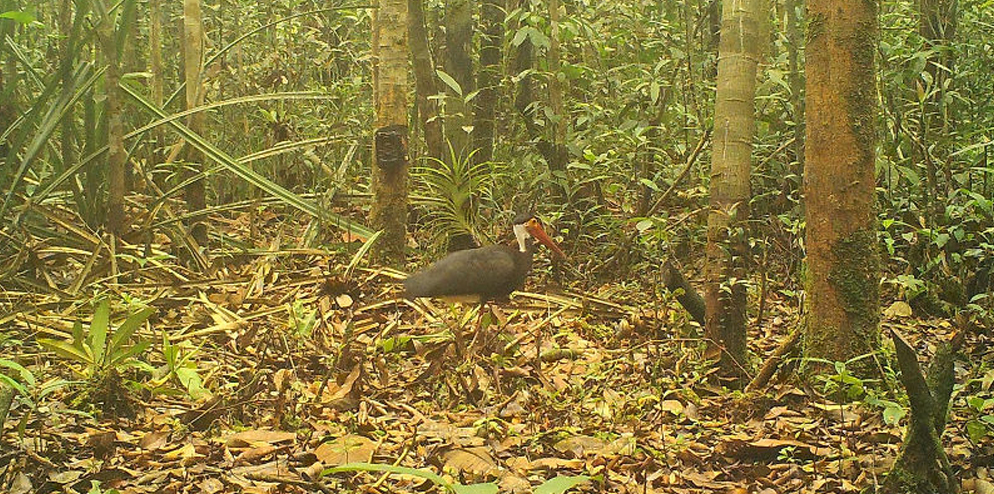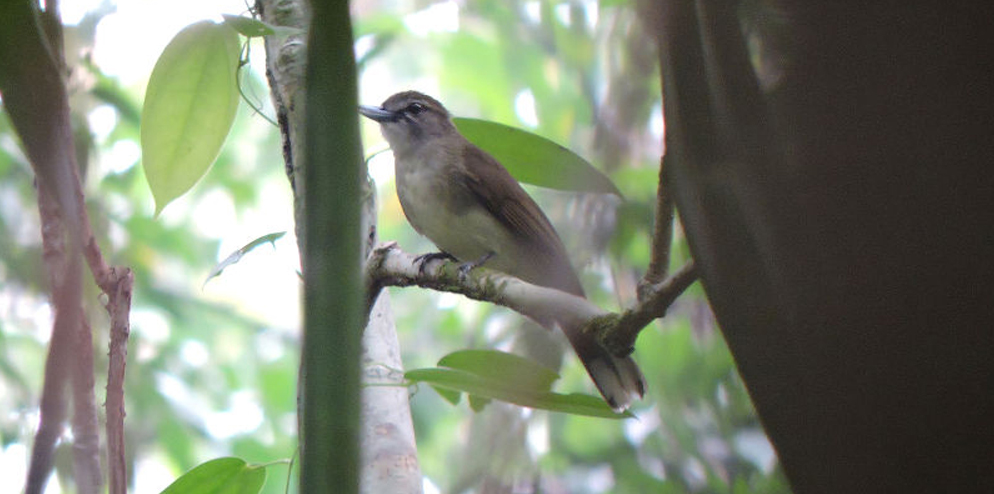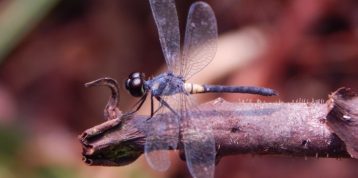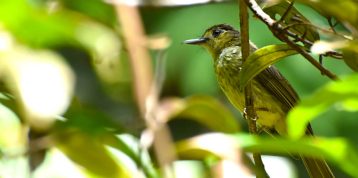A new bird checklist listing 299 species of birds – many of them endangered – identified in the Riau Ecosystem Restoration (RER) conservation area of the Kampar Peninsula in Riau, Indonesia has been published.
That represents an increase of 133 per cent over the 128 species identified in a 2004 study of the Kampar Peninsula by Birdlife International, and is likely due to a combination of factors including the success of RER’s restoration work, encroachment of the birds’ natural habitats elsewhere in the region, and better understanding of this still partially unexplored ecosystem.
Out of the 299 species recorded by RER in its new checklist, 241 (81 per cent) are resident species, 49 (16 per cent) are migratory species, and nine (three per cent) are species which are both resident and migratory.
14 out of the 299 are classified as globally-threatened species by the International Union for Conservation of Nature (IUCN), and are native to Asia.
The RER checklist includes two major surveys conducted by Tropenbos Indonesia in 2010 and Flora & Fauna International in 2015 across RER concession areas.
It also includes incidental bird records from the Kampar Peninsula dating back to 2007, which is when RER Restoration Ecologist Muhammad Iqbal personally observed the critically endangered Helmeted Hornbill.
Acknowledging that detailed knowledge and studies conducted in the Kampar Peninsula are lacking, RER Conservation Officer Prayitno Goenarto said that sharing RER’s knowledge and information with the scientific community as well as the public would hopefully highlight the importance of the RER program, and the overall significance of preserving these forests.
Why has the recorded number of species increased?
Prayitno maintains that there is no single identifying factor that has made the Kampar Peninsula a much more conducive environment for birdlife in recent years, citing instead that “it’s more of a complex combination of multiple factors and interactions”.
Malay Crestless Fireback.
“The presence of large contiguous forest helps to provide a healthy environment for sensitive bird species – these large species of forest help insulate certain species from disturbances and negative impacts of ‘edge effects’ such as human disturbances and noise.
“The forests of Kampar Peninsula are not uniform; near peat domes, the trees are smaller and less dense whereas other areas have large and dense canopy-forming trees, while riparian areas have their own unique flora,” he says.
Together, this habitat diversity can help support a great number of bird species, although it is also important to note that deforestation and forest fires have decreased in recent years within the Kampar Peninsula – primarily in RER concession areas – due to better forest management policies which involve stakeholder and community collaboration.
Among these are increased forest protection with the presence of forest rangers, patrols and posts, and community level initiatives such as APRIL’s Fire Free Village programme among communities residing in areas bordering the Peninsula.
The Storm’s Stork have been classified as Endangered by the IUCN.
“Illegal canals which were constructed before the establishment of RER are also being blocked or dammed in an effort to restore peat hydrology and maintain natural water tables (within the forest),” Prayitno says.
Maintenance of water levels is critical to the health and functioning of peat forest ecosystems.
In addition, people entering and leaving the forest are checked and documented at forest ranger posts to ensure they are not carrying illegal items into the forest, or transporting protected species out, Prayitno adds.
“Today, more birds and animals are concentrated into whatever forest habitat is left – which includes the RER forests in the Kampar Peninsula.
“This forces populations of resident birds who may have lost their homes to come and reside in the Peninsula, and also migrating birds might be forced to use RER forests as a stop-over site during migration due to the lack of surrounding forest habitat,” Prayitno explains.
A higher number of species is thus forced into a smaller area, resulting in possible greater species numbers recorded, he adds.
Yet, Prayitno clarifies that the increase in recorded bird species “isn’t exactly that RER land has become more optimally restored and is now suddenly a bird paradise, but rather that more species have been recorded also because more effort and wider area is covered has been placed into the surveys”.
“Therefore, based on a larger and more extensive area sampled by the two surveys forming our report, it would make sense (for us) to cover or find more bird species than the BirdLife report,” Prayitno points out.
Future steps
The RER team aims to showcase the abundant bird diversity in the Kampar Peninsula by continuing to detect more bird species and adding them to its biodiversity inventory of the area.
According to Muhammad Iqbal, there is no plan for publishing an updated version of the checklist in the near future yet.
“We will be using this checklist as a reference for our operational team. There will be continuous bird identification refreshment training for our estate environment team, and they will also use this checklist,” he says.
However, significant sightings of new bird species in the future might see the checklist being electronically updated online, Prayitno adds.

